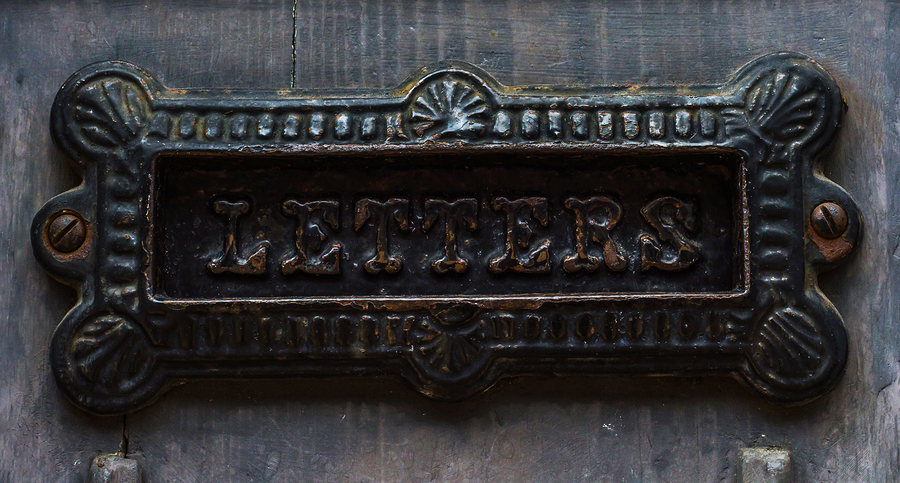Eliminating unwanted draughts from your home could save you anywhere from £25 to £50 a year, depending on who you ask – and as draught proofing the home can be done on the cheap, it’s easy to come out in profit even within the space of a single windy winter.
First of all, recognise that not all ventilation is a ‘draught’, and some air flow is essential to keep humidity levels down and condensation under control.
But draughts are unwanted cold air leaking into your home from outside, they can make it harder to heat your home efficiently, and they can actually make it feel colder than it really is – so what are the best ways to draught proof a house?
1. Mind the gap
The most obvious source of draughts is any gap around door and window frames, external pipework, floorboards and loft hatches.
You should definitely seal any gaps leading directly outside, but those are not the only source of cold air, as attics and cellars can be colder than the rest of the house, so check that cold air isn’t creeping into your living space internally too.
2. Locks and letterboxes
Some holes between the outside and inside of your home are actually necessary, and these include keyholes, letterboxes, and others such as cat flaps, if you have outdoor pets.
You can fit covers over keyholes, make sure your letterbox has an effective draught excluder and strong enough springs to stay closed in windy conditions, and check that the cat flap closes properly after use too.

3. Chimneys
Old properties that have been renovated to use central heating might have an old chimney that is no longer needed, and warm air can escape up and out through these – but there are a couple of options.
If you know you will not need to use the chimney again, for example if the fireplaces have been removed completely or are now just decorative, you can get it capped by a professional to stop the heat escaping.
Alternatively, there are products that allow you to insulate around the base of the chimney, and these are a good temporary measure that you can remove if you decide to light a real fire in the future.
4. Internal doors
If for any reason one room cannot be made completely draught-proof, an option is to insulate the internal door frames instead.
Stick-on foam strips are a quick, cheap and easy way to do this, but will help to stop cold air getting beyond the one room, and you can even put the door on self-closing hinges so it can’t be left ajar.
5. Bigger projects
Finally if you want to take a long-term approach, look for any bigger ways to shut out draughts, such as fitting loft insulation or cavity wall insulation, or installing secondary glazing or new double glazing.
External wall cladding can insulate even old solid stone walls, and damaged brickwork can be repointed or even replaced – so don’t assume draughts are something you have to live with, even in older buildings.

